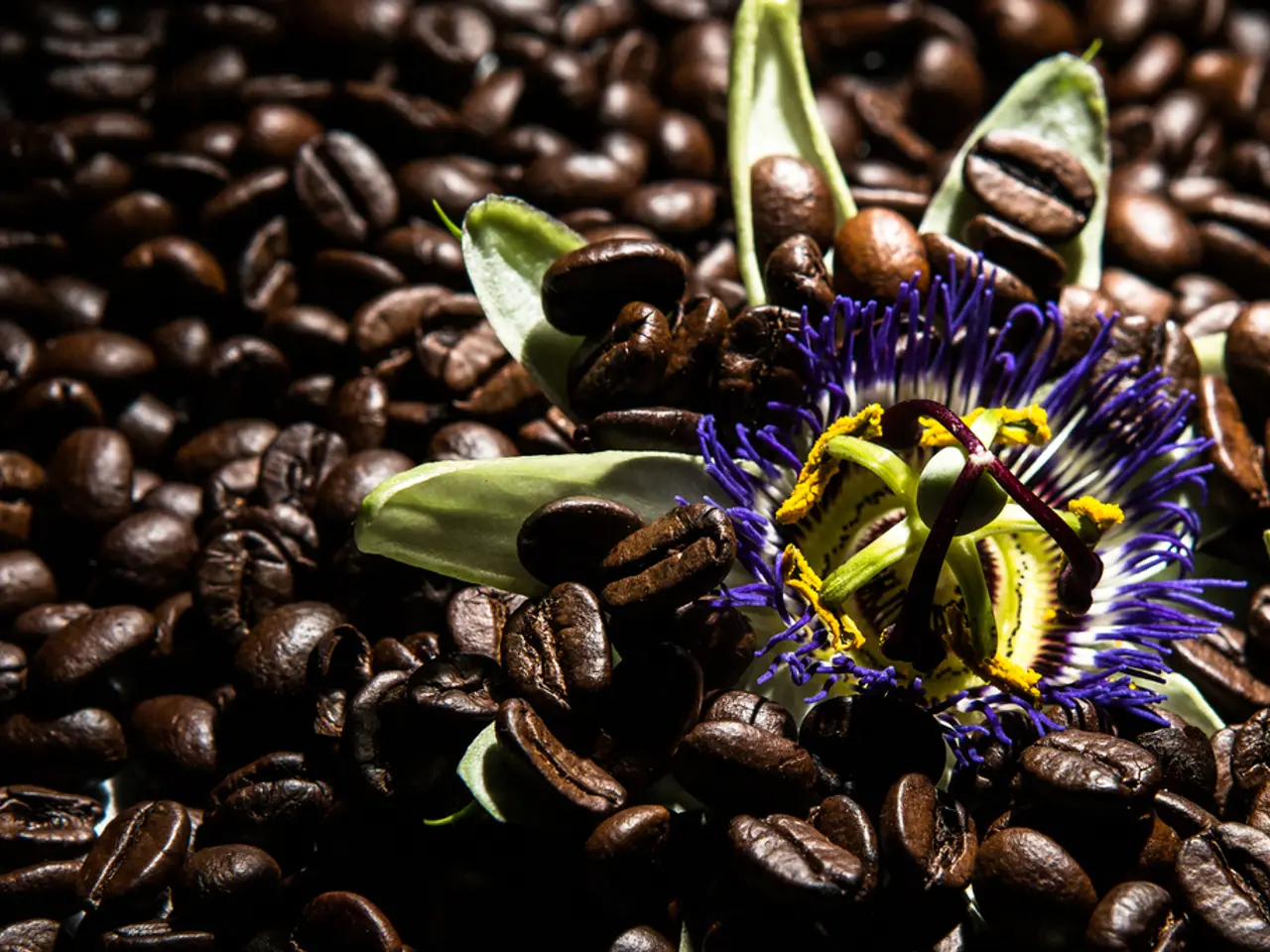Exploring the Benefits and Drawbacks of Utilizing Coffee Grounds in Gardening
Kate Cotterill, co-founder of heirloom seed company She Grows Veg, and Lucie Bradley, a gardening expert from Easy Garden Irrigation, both agree on the benefits of coffee grounds for acid-loving plants.
Nutrient-Rich Soil Amendment
Coffee grounds offer a bounty of nutrients essential for plant growth. They contain around 2% nitrogen, as well as potassium and phosphorus. These nutrients are released slowly over weeks to months, providing a steady feed for plants.
Acidity Enhancement
By slightly lowering soil pH, coffee grounds create an ideal environment for acid-loving plants such as hydrangeas, rhododendrons, camellias, azaleas, blueberries, and tomatoes. These plants typically thrive in acidic conditions with a pH below 7.
Soil Improvement
Coffee grounds also improve soil structure and enhance organic matter content. This, in turn, attracts beneficial earthworms, aiding soil health and aeration.
Pest Deterrence
The texture and caffeine content of coffee grounds can help repel slugs and snails when sprinkled around plants.
Best Practices and Caveats
While coffee grounds offer numerous benefits, it's crucial to use them judiciously. They should not exceed about 20% of your compost mix to avoid inhibiting organic matter breakdown. When applying coffee grounds directly to soil, it's best to do so sparingly and mix them with other organic materials.
It's also important to monitor soil pH, especially if it's already acidic, to avoid over-acidification. Testing soil pH before and after use is recommended.
Coffee grounds are unsuitable for plants that prefer alkaline or neutral soils, such as lavender, rosemary, and sage. Seedlings and young plants can be sensitive to caffeine's potentially harmful effects, so it's best to avoid direct contact or heavy use around them.
Application Methods
Mixing coffee grounds into compost benefits plants indirectly and safely. You can also mix them with organic mulch (e.g., bark, straw) around root zones to feed acid-loving shrubs and flowers. Side-dressing acid-loving plants with small amounts of coffee grounds incorporated into the soil is effective.
In summary, coffee grounds are best used as a supplemental soil amendment or compost ingredient for acid-loving plants, applied carefully to avoid harm. Testing soil pH and observing plant response will ensure benefits while avoiding drawbacks.
Gardeners have found various ways to use coffee grounds in the garden to benefit plants, but it's essential to remember that crumbling up or putting them through a coarse sieve helps them break down more quickly.
- Along with nutrients essential for plant growth, coffee grounds also serve as a beneficial soil amendment for home-and-garden life, improving soil structure and enhancing organic matter content.
- In addition to its positive impact on soil, coffee grounds can aid in sustainable-living by creating an ideal environment for acid-loving plants like hydrangeas, while repelling pests such as slugs and snails.
- To maintain optimal health and wellness for all plants, it's important to consider best practices when using coffee grounds, such as careful application, monitoring soil pH levels, and avoiding excessive use or direct contact with seedlings and young plants.
- Embracing coffee grounds in the garden can lead to a more beautiful and vibrant lifestyle, as gardeners continue to discover new ways to use them in their home-and-garden environments, making it easier to live a sustainable life while nurturing their plants.




